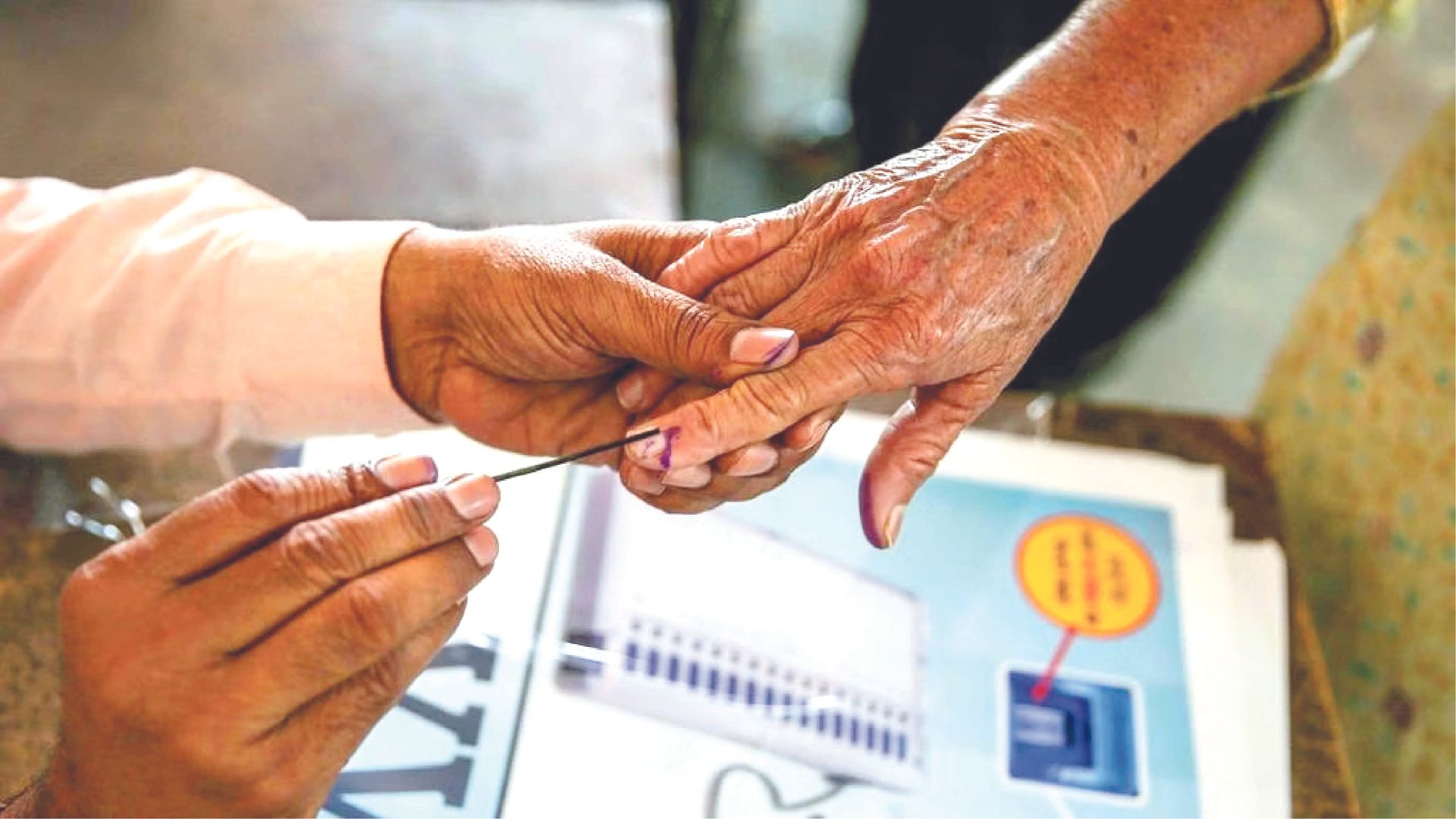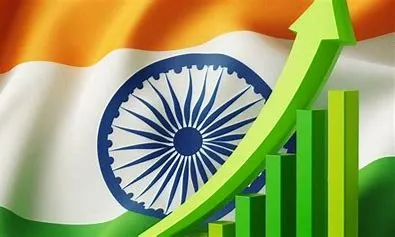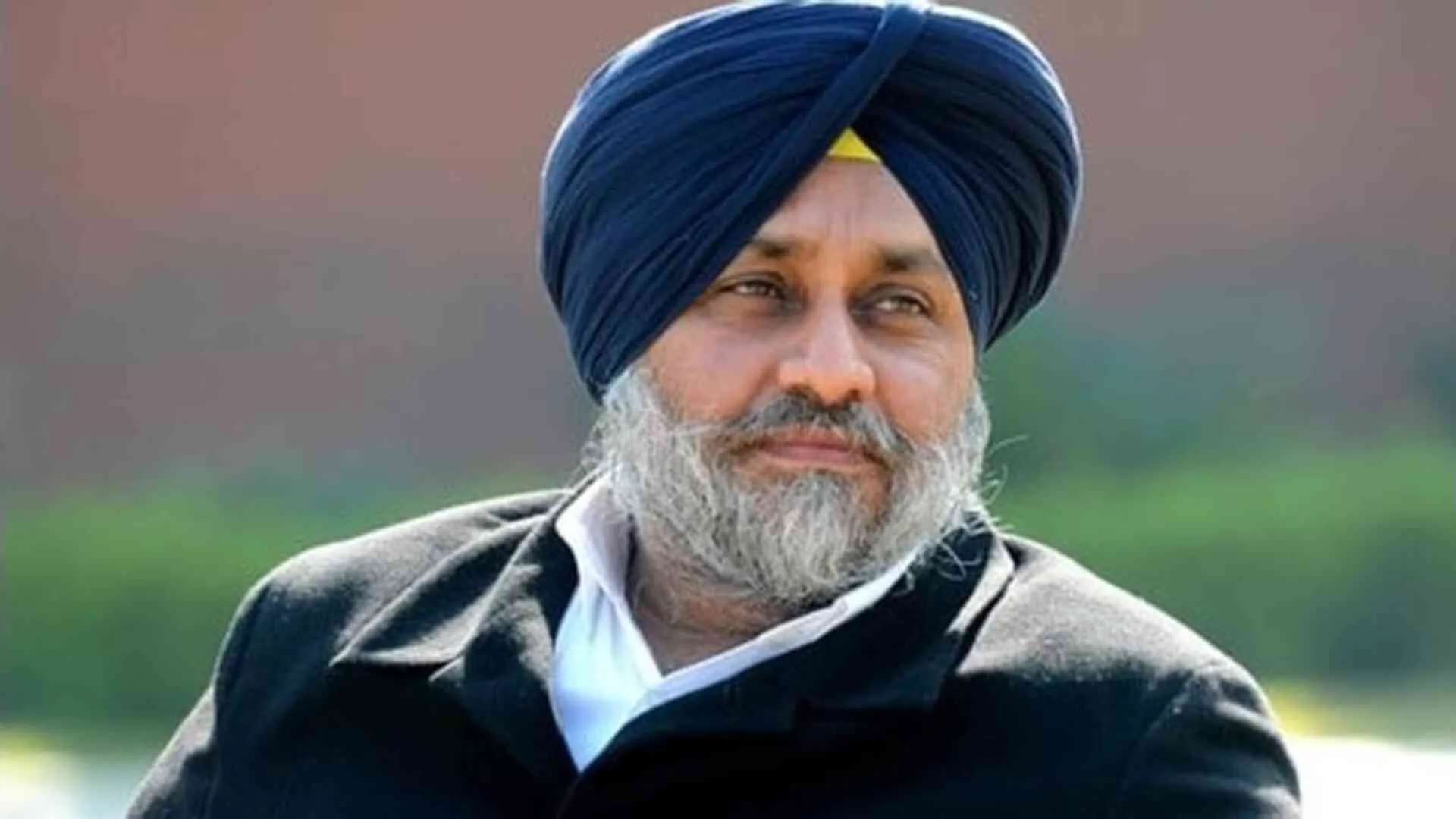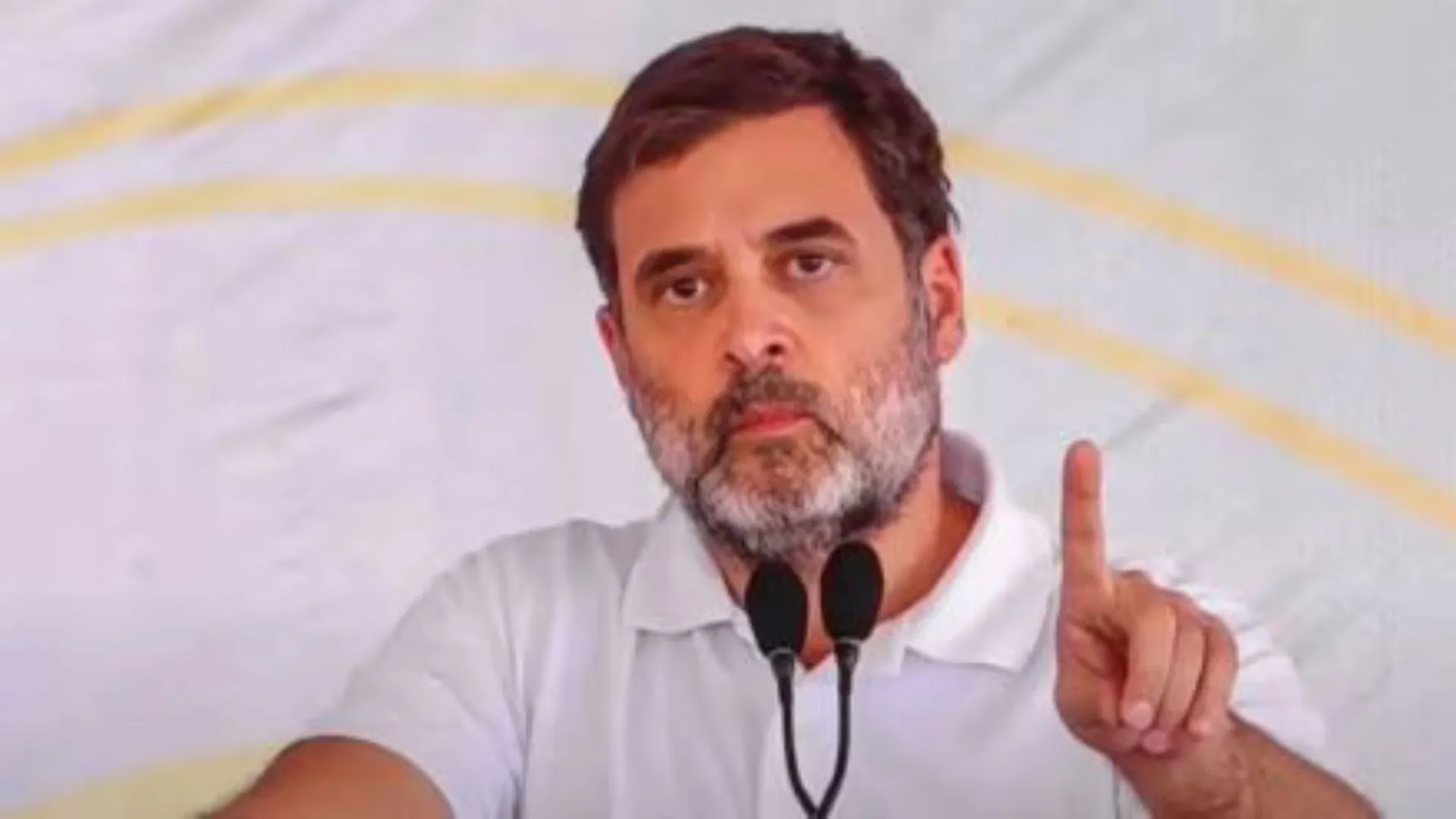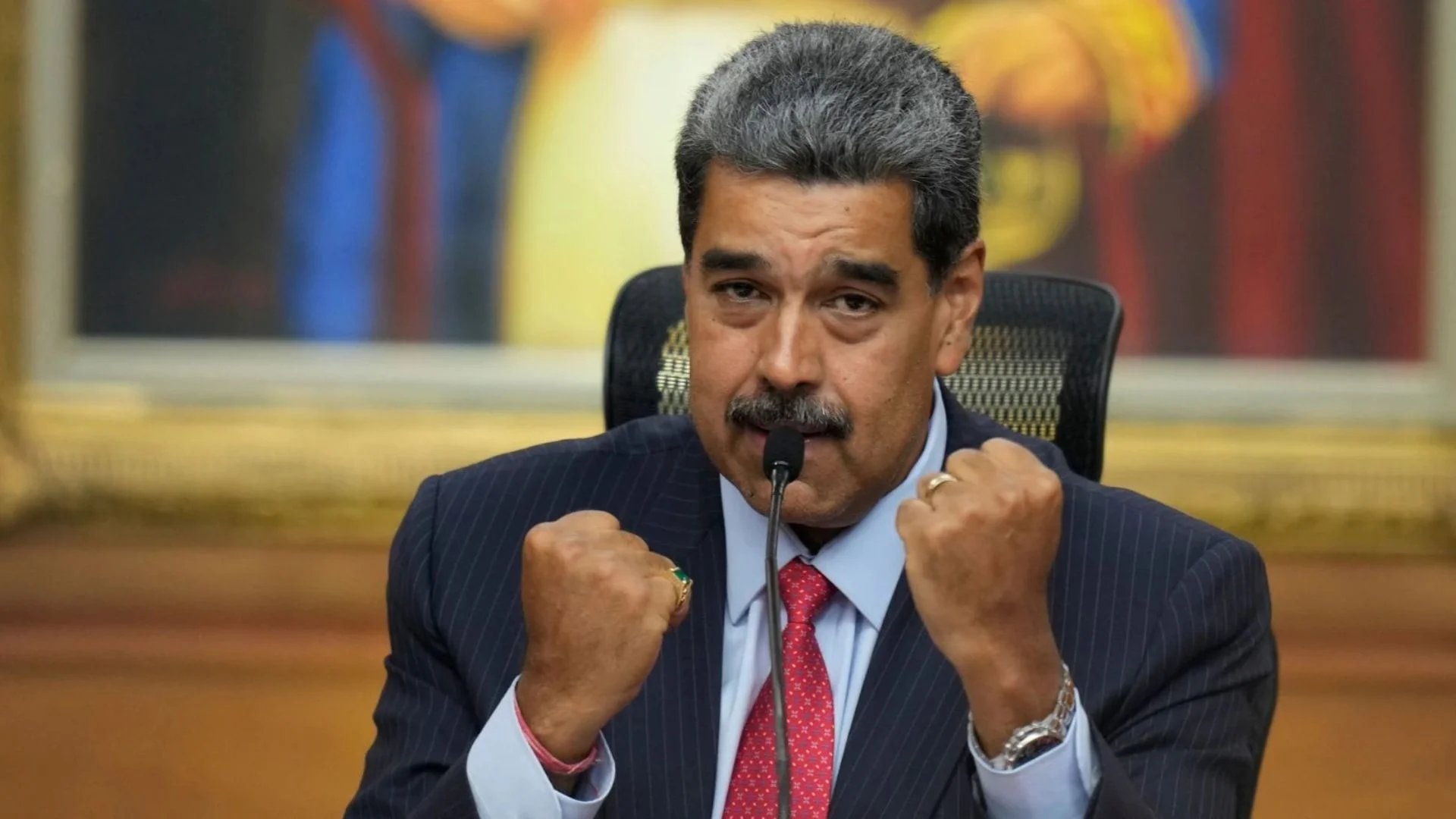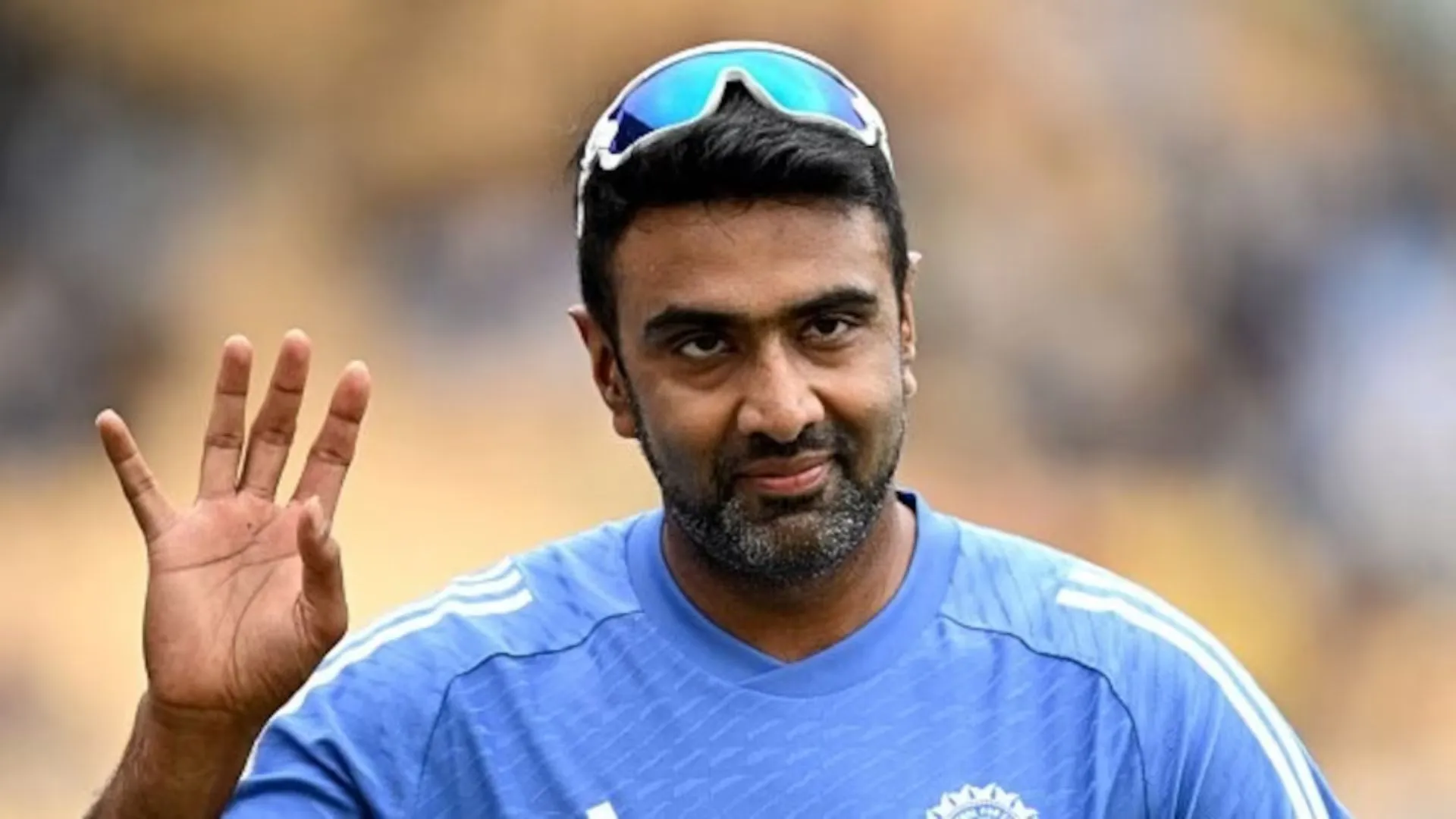Amidst the ongoing election season, a palpable lack of voter enthusiasm is observable during polling days. While the underlying reasons for this phenomenon may vary depending on individual preferences and regional dynamics, the empirical reality of diminished voter turnout demands scholarly inquiry. On April 24, 2024, a survey conducted by Pew Research on their website illuminated American voters’ pervasive disillusionment with incumbent and former presidential candidates Biden and Trump, attributable to multifaceted grievances. Paramount among these grievances was the perception that American voters confront a recurrently limited array of choices akin to those presented four years prior, a circumstance that engenders widespread dissatisfaction. Essential to the democratic process is the principle of choice; however, a prevailing sentiment emerges wherein voters perceive a dearth of viable alternatives and contend with enduring issues of leadership reminiscent of those encountered in the electoral landscape of 2020.
This survey offers insight into the voting patterns observed in Indian elections, particularly within the initial two phases of the electoral process, wherein a decline of approximately four percentage points in voter turnout has been noted compared to previous general elections. Notably, voters are confronted with a limited spectrum of choices, primarily between the incumbent Prime Minister and Rahul Gandhi, constraining the breadth of electoral options. Across the last three electoral cycles encompassing the years 2014, 2019, and the initial phases of the 2024 election, the dichotomy between Narendra Modi and Rahul Gandhi has persisted as the dominant national electoral paradigm. The potential influence of shifts in leadership vis-à-vis voting behaviour remains speculative. While empirical data substantiating this hypothesis is lacking, parallels drawn from the findings of the Pew Research Survey within the American context offer a cogent framework for consideration. The discernible surge in vote share garnered by the Bharatiya Janata Party (BJP) underscores the fervent support engendered by Prime Minister Modi amongst BJP loyalists. Concurrently, the protracted decline in electoral fortunes experienced by the Indian National Congress, spanning successive leadership tenures since the late 1980s, has culminated during Rahul Gandhi’s stewardship, impeding the party’s capacity to mobilise new constituencies. Notwithstanding, the proliferation of conjectural narratives across the ideological spectrum obfuscates a comprehensive understanding of the electoral landscape.
Examining the leadership approaches employed by both contenders across the electoral cycles of 2014, 2019, and the ongoing 2024 elections can elucidate underlying factors contributing to diminished voter turnout. The 2014 General Election marked the ascension of Narendra Modi, whose incumbency as Chief Minister of Gujarat for fifteen years conferred three decades of substantive political experience upon him. In contrast, Rahul Gandhi’s political career commenced in March 2004, culminating in his parliamentary debut during the 2004 General Election. Throughout the subsequent ten-year tenure of the United Progressive Alliance (UPA), Gandhi refrained from assuming official governmental or organisational roles within the Congress Party, save for his appointment as General Secretary of the Youth Congress in 2007. The electoral dynamics of the 2014 election were characterised by a confluence of factors precipitating the electoral ouster of the Congress Party. Predominant among these were pervasive corruption scandals, anti-corruption mobilisations, soaring inflation rates, economic stagnation, and a palpable yearning for transformative change amongst the electorate. Central to this transformative narrative was the emergence of Narendra Modi as a novel political archetype, encapsulating aspirations for a paradigmatic shift. Evident in the heightened voter turnout was the catalysing influence of the ‘Modi factor,’ which galvanised electoral participation through the promise of substantive change. The 2014 election thus bore witness to a discernible mobilisation effect attributed to the novelty and promise embodied by Modi’s leadership. Crucially, this surge in voter participation was underpinned by the electorate’s perception of a viable alternative heralded by Modi’s candidacy, thereby affording voters a tangible choice amidst a landscape characterised by political stasis. Modi’s emergence as a fresh face within the political milieu resonated profoundly with a populace disillusioned by the status quo, engendering a surge in electoral engagement.
The electoral contest 2019 witnessed a reiteration of the rivalry between Narendra Modi and Rahul Gandhi, vying once more for the helm of governance. While the electoral landscape retained familiar faces, the narrative was imbued with novel themes and focal points. Notably, the Congress Party adopted a personalised targeting strategy, epitomised by slogans such as ‘Chaukidar Chor Hai’ (the Security Guard is the thief) and ‘Sut But ki Sarkar’ (Government for the riches), aimed squarely at Modi. In contrast, Modi’s campaign centred on national imperatives and developmental agendas. The Pulwama attack in February 2019, followed by a retaliatory surgical strike, catapulted national security to the forefront of the electoral discourse, thereby galvanising voter support towards the Bharatiya Janata Party (BJP). The initial phases of the 2024 election have witnessed a notable downturn in voter participation, notwithstanding the persistent presence of familiar contenders and recurring thematic preoccupations. Despite enduring electoral setbacks, the Congress Party remains steadfast in portraying Rahul Gandhi as the principal foil to Narendra Modi, the preeminent figure in Indian and global politics. The BJP’s electoral ascendancy can be attributed, in part, to the enduring popularity of Modi as a charismatic leader, coupled with the conspicuous absence of a commensurate figure within the Congress or the broader opposition. The inability of the grand old party to furnish compelling alternatives exacerbates the ennui and disengagement pervading the electorate, thereby diminishing electoral vibrancy. Furthermore, prevailing public sentiment, informed by public surveys and prevailing narratives, underscores the organisational disarray within opposition ranks, rendering the prospect of unseating the BJP increasingly remote.
Conversely, the Bharatiya Janata Party (BJP) and its leader, Narendra Modi, exude confidence in securing a commanding mandate, with projections exceeding 350 seats for the BJP and 400 seats for the National Democratic Alliance (NDA). However, this prevailing certainty engenders a sense of voter apathy, as the inevitability of the electoral outcome diminishes the perceived significance of individual voter participation. In such a scenario, the ostensible lack of electoral contestation detracts from the electoral process’s democratic vibrancy, prompting existential queries regarding the purpose of electoral engagement. Emerging electoral demographics evince a burgeoning constituency of new voters imbued with a fervent desire for a transformative and credible leadership emblematic of a burgeoning ‘New India.’ While recurrent electoral issues may persist, the dynamic interplay of political personalities assumes paramount significance, serving as the fulcrum upon which electoral fortunes pivot. Central to this calculus is the imperative of leadership quality and organisational prowess, which not only consolidates support among traditional party loyalists but also resonates profoundly with prospective new voters yearning for substantive change within their lifetime. The conspicuous absence of a compelling and visionary figurehead within the ranks of the Indian National Congress exacerbates the party’s electoral predicament, compounding the electorate’s disillusionment with the prevailing political landscape.
Moreover, the absence of a clear succession plan within the BJP post-Modi further augments uncertainties surrounding the future trajectory of Indian politics. In light of these developments, insights gleaned from the Pew Research survey of the influence of enduring political incumbency on voter engagement acquire added salience. The survey’s findings underscore the deleterious impact of political staleness on voter enthusiasm, impeding electoral dynamism and precipitating widespread disaffection, thereby engendering a pernicious cycle of voter disengagement.

